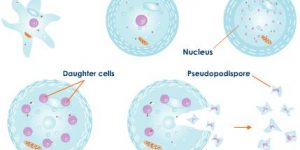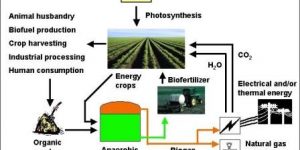Good news for somebody can be bad news for someone else – a good example for this is cancer. A cell in someone’s body that has the ability to divide and grow without restraint is probably the ‘happiest’ cell in that individual’s organism, but this is bad news for the human body which carries this specific cell in its organism. Scientists from the Weizmann Institute manage to block a molecular message which permits some cells to grow without restraint.
The molecular message’s first destination is the cell’s membrane, but it’s final location is the cell’s nucleus – the place where the DNA is contained. The distance which the message has to travel isn’t small – the equipollent to 50 kilometers for humans. The message must go to the nucleus as quickly as possible so it is being piped by a network of chemical messengers, from a molecule to molecule. Prof. Rony Seger of the Weizmann Institute’s Biological Regulation Department discovered one of those networks over two decades ago. The discovered network is one of the main participants in the inductance of many kinds of cancer. The network includes the following enzymes ERK1, ERK2, MEK1 and MEK2.
When Seger first discovered this, he studied how molecular messages where sent between the enzymes in the cell’s cytoplasm. Nearly five ago his team revealed details about the final and most vital step – how the message enters the nucleus. The scientists were able to identify a section called NTS – a section contained in the enzymes. During this final step the NTS is changed by adding phosphorus molecules which allow it to enter the nucleus. The team created a tiny peptide which mimics the NTS and the crucial message was successfully blocked. The artificially-created peptide intercepted the ‘growing’ command and restrained the cell. The team has tried the experiment on mice and so far they have successfully blocked the progress of many kinds of cancer, including melanoma. The tumors didn’t just stop growing, but they completely disappeared.


